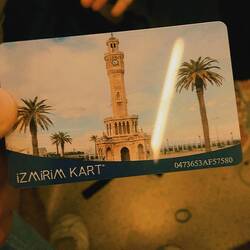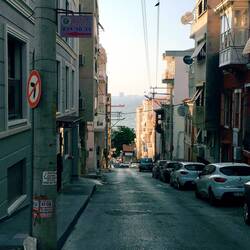Happy Mom’s Day
 May 8, 2022 in Turkey ⋅ ⛅ 72 °F
May 8, 2022 in Turkey ⋅ ⛅ 72 °F
We went to Sakız Restoran for a late lunch today … to celebrate Mother’s Day … and to enjoy a farewell dinner with the family since we leave tomorrow to return to the USA.
As is always theRead more





































































































































Traveler travel safe
Two to Travel 🙏🏻
Sonia Gelman Safe travels and I will talk to you when you arrive about other tours.
Two to Travel 🙏🏻…sounds like a plan.